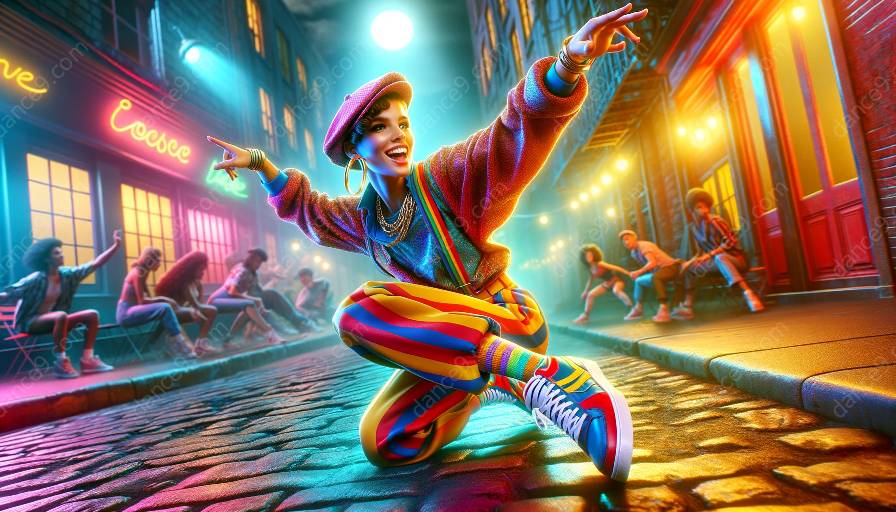Locking is a dance style that originated in the late 1960s and quickly gained popularity as a form of street dance. To understand the historical context of locking for dancers, it's essential to delve into its roots and evolution, as well as its significance in contemporary dance classes.
The Origins of Locking
Locking, also known as Campbellocking, was developed by Don Campbell in the clubs of Los Angeles. Influenced by elements of funk music and soul dancing, locking has a distinct style characterized by exaggerated movements, pauses, and energetic performance.
The dance style emerged as a form of self-expression and celebration, often performed in social settings and street dance competitions. The early practitioners of locking formed dance crews and showcased their skills in urban neighborhoods, contributing to the evolution of street dance culture.
Evolution of Locking
As locking gained momentum in the 1970s, it became synonymous with the funk music scene and played a pivotal role in the development of hip-hop culture. The dance style's signature moves, including the lock and point gestures, captivated audiences and inspired a new generation of dancers.
Locking's evolution was intertwined with the rise of dance television shows and the influence of iconic dancers, such as The Lockers, who popularized the style and introduced it to a wider audience. The fusion of locking with other dance forms and entertainment mediums contributed to its enduring legacy in the dance community.
Significance in Dance Classes
Today, locking retains its cultural and artistic significance in dance classes and workshops around the world. Its vibrant and dynamic movements offer dancers a unique avenue for creative expression and performance. By exploring the historical context of locking, dancers can gain a deeper appreciation for its roots and incorporate its techniques into their practice.
Locking classes often focus on understanding the fundamentals of the style, mastering signature moves, and embracing the spirit of improvisation. The rhythmic and upbeat nature of locking makes it an engaging and accessible dance form for individuals of all ages and backgrounds.
Impact on Contemporary Dance Practices
Locking's historical context has influenced contemporary dance practices by showcasing the power of individuality and self-expression. The fusion of locking with other genres, such as hip-hop, urban dance, and commercial styles, has contributed to its versatility and relevance in modern dance choreography.
Dance classes that incorporate locking often emphasize the importance of musicality, performance quality, and authenticity. The historical context of locking serves as a reminder of its role in shaping the evolution of dance and inspiring new creative movements within the industry.













































































